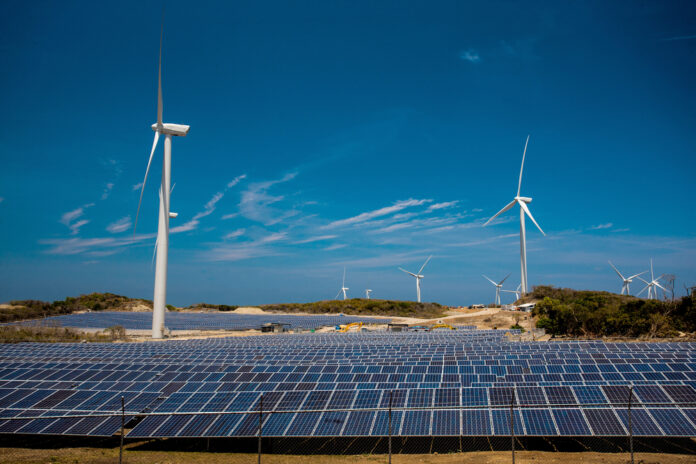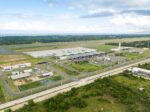At 99,396 megawatts, the Philippines owns the largest batch of prospective wind and solar projects that have been hatched by any sovereign in southeast Asia, larger than even Vietnam’s 86,218 MW, the think tank Global Energy Monitor has reported.
By prospective is meant renewable energy projects under construction, pre-construction and announced endeavors with capacity of 20 MW or more for wind and 10 MW or more for solar.
But of this number, only a fraction of the wind and solar projects are actually in operation that in the case of the Philippines total only 3,018 MW.
This pales in comparison to Vietnam’s renewable energy program whose authorities encouraged the actual operation of solar and wind projects aggregating 19,501 MW. Vietnam’s operating solar facilities generate 13,035 MW and its wind power programs another 6,466 MW while the Philippines does 2,343 MW for solar and only 675 MW for wind.
These are not meaningless number as global institutions like the major sovereign credit watchers Fitch Ratings, Standard and Poor’s and Moody’s Investors Service keep track of such activities for purposes of evaluating a particular country’s economic power and credit stature.
The World Bank also reported that access to electricity among Filipinos equaled 97.49 percent of the population as of end-2021.
The government targets the generation of at least 35 percent of the country’s electricity requirement from renewable energy sources by 2030 but that wind, solar, geothermal and hydro facilities have thus far managed to provide only 24 percent thus far.
Nevertheless, the think tank finds the Philippines among the top solar and wind energy producing countries in the region.
It said the Philippines has the seventh largest prospective solar and wind projects among countries worldwide but that it shelved 9,206 MW worth of solar and wind projects and canceled another 1,331 MW.
“The growth of renewables across the region is impressive, but so much more can be achieved. With the world now aiming to triple renewables capacity by 2030, governments need to make it easier to bring wind and solar power online. Switching to renewables now from coal and gas will save countries time and money on the path to a clean energy future,” Janna Smith, Global Energy Monitor researcher and lead author, said.
The challenges the think tank said prevents the full development of solar and wind energy in the Philippines include problems in grid integration and the continued dependence on fossil fuel.
Twenty-four percent of the country’s power generation comes from oil-fed facilities and more or less 47 percent from coal-fired power plants, local authorities have estimated.







